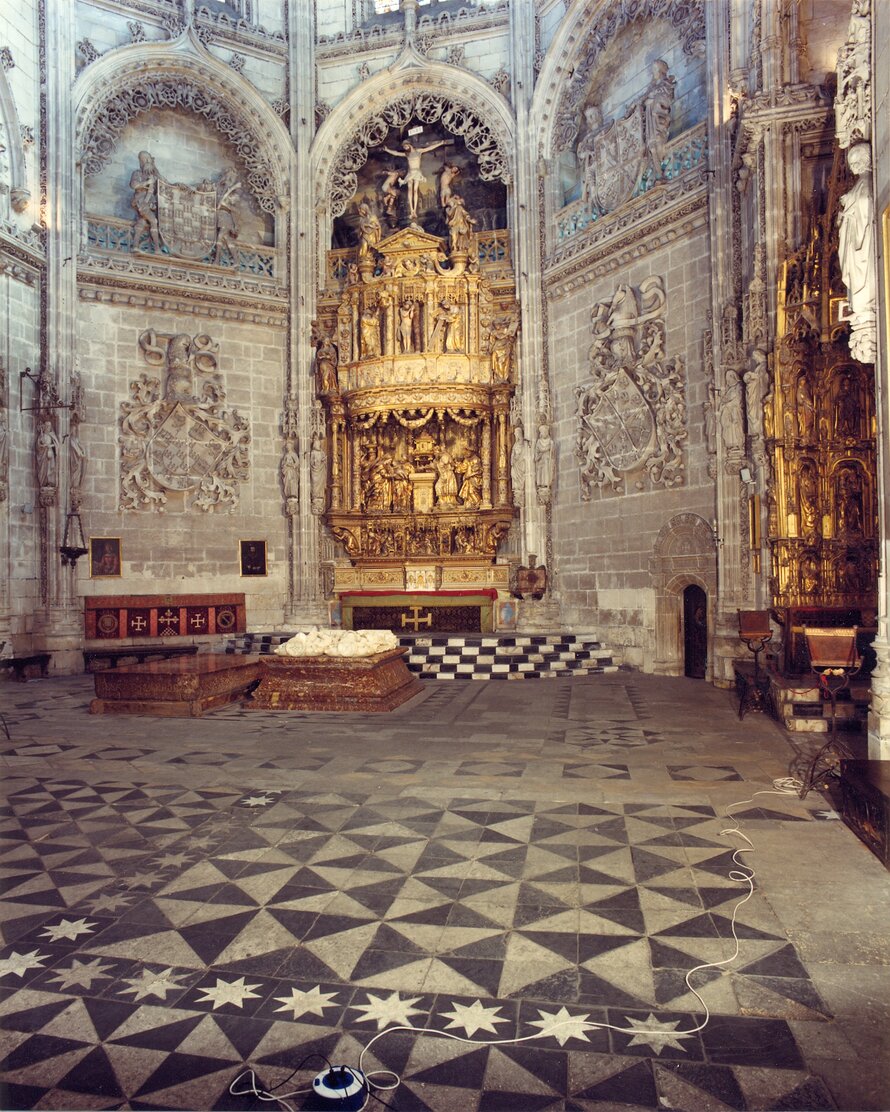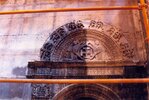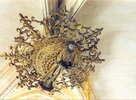Restoration of the Condestables' Chapel (Capilla de los Condestables), Burgos
The Capilla de los Condestables, funeral chapel of the Duke and Duchess of Frías, is one of the most beautiful and important of its type in Spain. It was built between 1482 and 1496 by the architect Simón de Colonia in the flamboyant Gothic style. The attached sacristy was added ...
Read more
Project details
| Title: | Restoration of the Condestables' Chapel (Capilla de los Condestables), Burgos |
|---|---|
| Entr. year: | 1996 |
| Result: | Diploma |
| Country: | Spain |
| Town: | Burgos |
| Category type: | architectural heritage |
| Building type/ Project type: | Religious building/memorial |
| Former use: | Chapel |
| Actual use: | Chapel |
| Built: | 15th century |
| Architect / Proj.leader: | Simón de Colonia, Architect , Dionisio Hernández Gil - Pío García Escudero - Félix Adrian, Architects |
| The Jury's citation: | "For the painstaking restoration and repair of the gothic chapel, including all the stone decorations, the sculptures, the altarpieces, the wooden stalls, the organ and the entrance, thus reviving its original splendour" |
| Web, Links: | catedraldeburgos.es/visita-cultural/capillas/capilla-de-los-condestables/ |
Description:
The Capilla de los Condestables, funeral chapel of the Duke and Duchess of Frías, is one of the most beautiful and important of its type in Spain. It was built between 1482 and 1496 by the architect Simón de Colonia in the flamboyant Gothic style. The attached sacristy was added by Francisco de Colonia in 1517, and together they form a distinct unit within the overall structures making up Burgos Cathedral. The Cathedral Chapter has carried out a complete restoration of the chapel, including the stone structure with its decoration and sculpture, and the fittings, particularly the three altarpieces dating from the early 16th century, the Renaissance stalls of walnut and other woods, the Renaissance organ (modified in the 17th and 18th century) and the iron screen at the entrance. The lower part of the main altar was adapted to the requirements of the new liturgy, with complete respect for the existing architecture and decoration. Damaged, missing or corroded stonework was replaced. The iron screen was cleaned and treated to protect it against rust, while the color and gilding was restored as necessary.
Similar projects

16th century


19th century
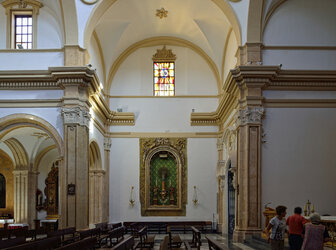

12th century
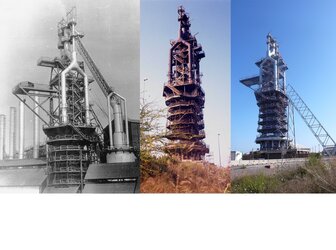
1922-1926
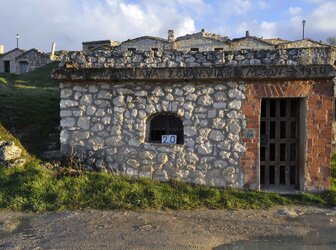
16th century
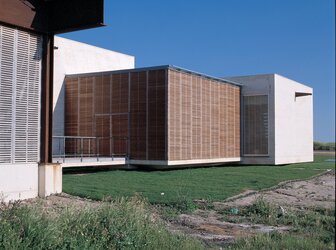
4th century AD
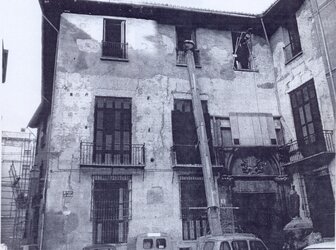
15th century


18th century
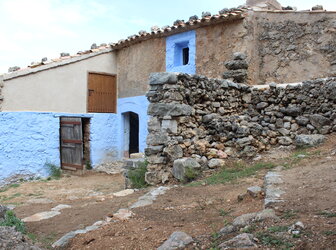
Between 1889 and 1897
